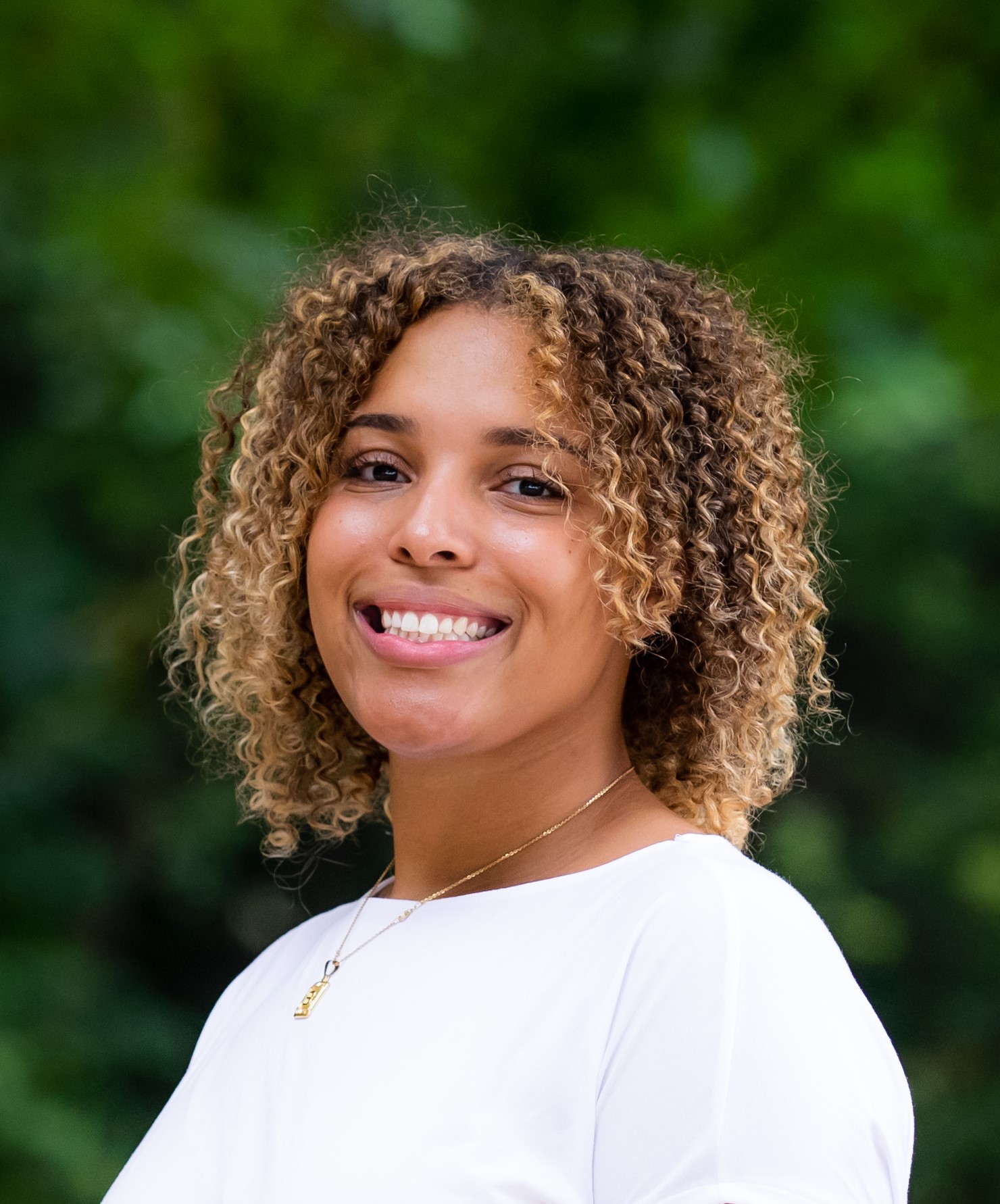Building Resiliency, Sustainability and Equity for Seattle's Neighborhoods

Brooke Bradford
Community Development Coordinator, Capitol Hill EcoDistrict
After finishing her bachelor’s degree at Chapman University, Seattle native Brooke Bradford started working at the University of Washington's Housing and Food Services department. Brooke enjoyed the work but missed the focus on sustainability that she grew to love as an environmental science undergrad.
Brooke joined the UW student environmental group Students Expressing Environmental Dedication (SEED), which helped her see the many connections between sustainability and housing — and stoked a passion for working more closely at those connection points.
“With my job, I was getting a feel for how housing worked and how sustainability fit into what UW was doing on campus,” Brooke said, “so I thought, ‘Let’s see where this takes me.’”
Brooke’s passion for planning and sustainability took her to the Online Master of Infrastructure Planning & Management program. On track to graduate in 2023, Brooke works full time as the Community Development Coordinator at the Capitol Hill EcoDistrict, a department within Community Roots Housing, a Seattle-area affordable housing developer.
We spoke to Brooke about how the MIPM program helped her focus on her passion and find connections in everything.
What is your current job?
Around the same time I applied for grad school, I joined the YMCA Social Impact Center board, specifically in financial development. I was learning a lot about their programs, how they’re funded, and how all these programs connect with infrastructure sectors. That led me to my current job with the Capitol Hill EcoDistrict.
I’m happy to be able to work in affordable housing. I’ve found a new interest in how housing works and realized that it’s really about the community built around housing. Community Roots Housing is unique in that it has the EcoDistrict within it. So while they’re building affordable housing around the Seattle area, we can zoom in on Capitol Hill to develop and build resiliency, sustainability and equity in the neighborhood. Our neighborhoods are changing. Seattle is changing. So the question is, how do we continue to support it as it grows?
How did you get interested in the UW MIPM program specifically?
I’m a Seattle native, and I’ve lived here my whole life. So when I became more interested in sustainability, planning and infrastructure, I started looking into programs at UW. I wanted a program where I could still work full time while being in a program that provided a good networking opportunity. I also wanted to work and learn with people in the area and worldwide — all with a campus close to home.
What was it like to work and attend grad school full time?
I joined a Cal Anderson Park Alliance meeting during my first week of work. I saw the name of a UW professor, Keith Harris, who co-teaches the Introduction to Infrastructure Systems course I was taking that quarter. I was so excited to see that one of my professors was active in a community organization I was working with, and it wasn’t for his job. He did it because he loved the work, which validated my student experience. I’ve realized that all my professors in the MIPM program go above and beyond to live what they teach, and I try to incorporate that into my learning style as well.
I talked to one of Keith’s undergraduate classes about my work with the EcoDistrict. The students later helped us with a surveying project to analyze available health and human services in Capitol Hill. Visiting the class, everyone was so excited to be in the room, and I was so thrilled to learn and share with them what I do every day. It was a full-circle moment where everything fell into its rightful place.
Career-wise, I’m learning skills about environmental services, how they work, and how to implement them. Recently, I was working on a green stormwater infrastructure project for the EcoDistrict at the same time that I was taking the Water Systems class with Mary Roderick. It was great to see all the connections. When we’re talking about infrastructure in class, I’m also seeing how that works on a community and neighborhood level. It’s been fantastic.
What would you say to someone who was looking into the UW MIPM program?
Say yes to everything. I know that sounds funny, but when I reflect on a couple of the opportunities that I’ve had, it was, “Hey, Brooke, do you want to go to this?” Just saying “yes” led me to my career path, the degree program, and the extra board activity. So if you’re looking to find programs that intersect with each other, saying yes to external opportunities is a great way to do that because you find connections in unexpected places.
I’m about to start a food systems class that I’m looking forward to because I’m working on a food pantry project at work. So, to learn the back end and the larger picture through class, I hope to understand how food systems affect Seattle and our neighborhoods. Everything here connects. Now, I think about these larger food infrastructure issues every time I go to the grocery store. What better way to know that you’re investing your time the right way than to have your education popping up everywhere you go?